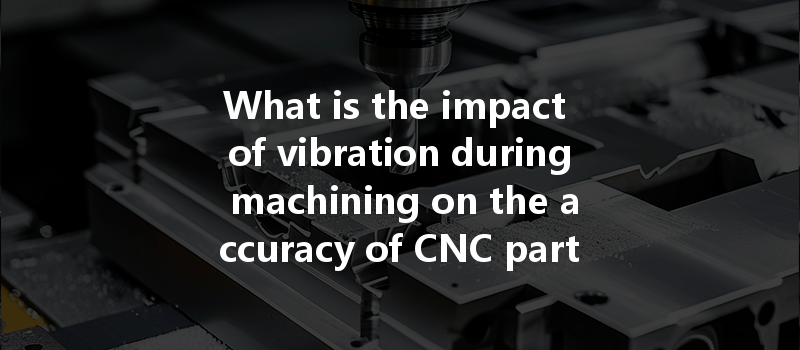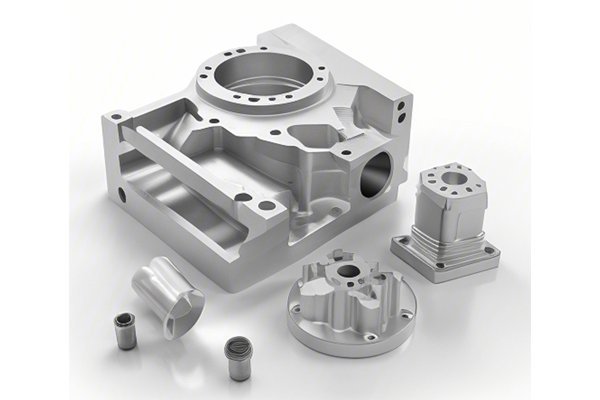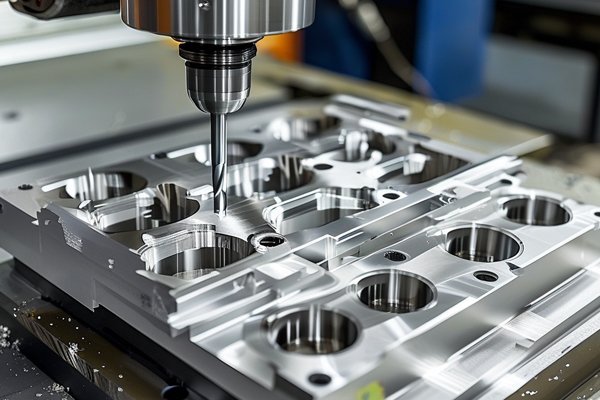—
Did you know that even a minor vibration during the machining process can lead to dimensional inaccuracies that affect part quality, final product performance, and overall customer satisfaction? In the world of CNC machining, where precision is paramount, vibration is an enemy that machinists cannot afford to overlook. Studies indicate that up to 30% of manufacturing defects can be traced back to vibrations during the machining processes. As CNC technology continues to revolutionize manufacturing, understanding the impact of vibration and implementing effective mitigation strategies is crucial for achieving optimal results.
This blog will delve into how vibration affects the accuracy of CNC parts, explore the underlying causes, and provide actionable strategies to minimize its effects. By the end of this article, you’ll have a comprehensive understanding of how the intricacies of vibration can impact your machining processes, along with solutions that could lead to significant improvements in part accuracy and quality.
—
Understanding Vibration in CNC Machining
What is Vibration?
In engineering terms, vibration is defined as the oscillation of an object around an equilibrium point. In the realm of CNC machining, this oscillation can result from mechanical elements, changes in cut forces, tool interactions, and even the installation of the CNC machine itself. Vibrations can be classified into several categories, including free vibrations, forced vibrations, and damping vibrations.
The Causes of Vibration in CNC Machining
Vibration in CNC machining can arise from various sources:
How Does Vibration Affect Accuracy?
The impact of vibration on CNC machining accuracy can be significant. When vibrations occur during machining, the following problems can arise:
—
Identifying Vibration Problems in CNC Machining
Symptoms of Vibration Issues
Knowing the signs of vibration problems can aid in early detection and prevention. Pay attention to the following symptoms during your machining processes:
Measuring and Analyzing Vibration
Accurate measurement of vibrations is crucial for understanding their impact and addressing the root cause. Here are several methods for measuring vibration in CNC machining:
—
Strategies to Mitigate Vibration in CNC Machining

Choosing appropriate tools for the job and maintaining them effectively can significantly reduce vibration. Here’s how:
Damping techniques can absorb vibrations and minimize their impact on machining accuracy:
Machine setup is crucial to reducing vibrations:
Adjusting cutting speeds, feeds, and depths can help minimize vibrations:
Establishing a regular maintenance schedule will extend the life of your machining equipment and prevent vibration issues:
—
Advanced Techniques for Vibration Control
As technology progresses, new advanced techniques are becoming available to control vibrations more effectively:
These systems can adjust machining parameters in real-time to mitigate vibration:
Employing technology that actively counteracts vibrations can significantly improve machining precision:
Utilizing advanced modeling software can help predict vibration behavior:
—
Navigating the complexities of CNC machining requires a deep understanding of various factors, including the impacts of vibration. While vibration might seem like an inevitable aspect of machining, the reality is that with the right strategies, it can be minimized or effectively controlled. Recognizing the symptoms, employing corrective measures, and utilizing advanced techniques will lead to significant improvements in machining accuracy and overall productivity.
In summary, the importance of this topic cannot be overstated. By actively managing vibration, manufacturers can enhance part quality, streamline operations, and ultimately contribute to greater customer satisfaction. It’s essential for professionals in the machining field to continually educate themselves on vibration control methods—because precision matters, and in CNC machining, every fraction of a millimeter counts.






